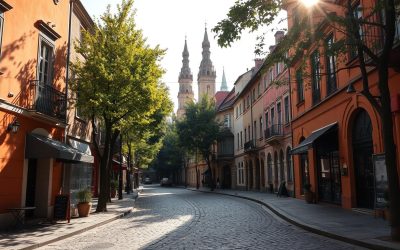This Eastern European country is known for its rich linguistic diversity. Romanian, the official language, is a Romance language with roots tracing back to Latin. It’s spoken by over 90% of the population, making it the primary mode of communication in daily life.
The Romanian language has evolved over centuries, influenced by Latin, Slavic, and Turkic cultures. Its unique grammar and vocabulary reflect this fascinating history. Today, it plays a central role in education, government, and media systems.
While Romanian dominates, minority languages like Hungarian and Romani add to the country’s linguistic tapestry. These languages are spoken in specific regions, showcasing the cultural diversity of this nation.
Introduction to Romania’s Rich Linguistic Heritage
Romania’s linguistic heritage is a testament to its vibrant multicultural past. Over the centuries, this country has been shaped by various empires, each leaving a mark on its language landscape. From Latin roots to Slavic and Turkic influences, the evolution of its language reflects a fascinating history of cultural exchange.
Overview of Romania’s Multicultural History
Transylvania, for example, was under Magyar domination for 900 years, while Bucovina was ruled by Austria for 200 years. The old Wallachian and Moldavian principalities were influenced by Turkish and Greek cultures for centuries. These historical events have contributed to the unique blend of languages spoken across different regions.
Today, the Romanian language stands as a symbol of national identity. It was introduced as the language of instruction in schools in Bucharest in 1816, marking a significant step in its development. By the mid-19th century, Greek was nearly eliminated from schools, further solidifying Romanian’s role in education and public life.
Significance of Language Diversity Today
In a globalized world, preserving linguistic diversity is more important than ever. Language is not just a tool for communication; it’s a cornerstone of cultural identity. In Romania, minority languages like Hungarian and Romani are actively supported, ensuring vibrant cultural communities thrive.
Modern educational policies promote the use of these languages in schools and public services. This approach helps maintain the country’s rich linguistic tapestry while fostering inclusivity. Romania’s commitment to linguistic diversity serves as a model for other nations.
- Language plays a key role in forming cultural identity.
- Minority language rights are preserved and promoted.
- Education systems support multilingualism.
Romania’s history, culture, and language are deeply interconnected. This seamless blend makes it a fascinating case study for linguists and historians alike. As we explore further, you’ll discover how the official language and minority languages coexist harmoniously in this diverse nation.
Romanian: The Official Language
With roots tracing back to Latin, Romanian has evolved into a unique linguistic treasure. As a Romance language, it shares similarities with Italian, French, and Spanish but stands out with its distinct grammar and vocabulary. Over 91% of the population uses it daily, making it the primary mode of communication for governmental, legal, and educational purposes.
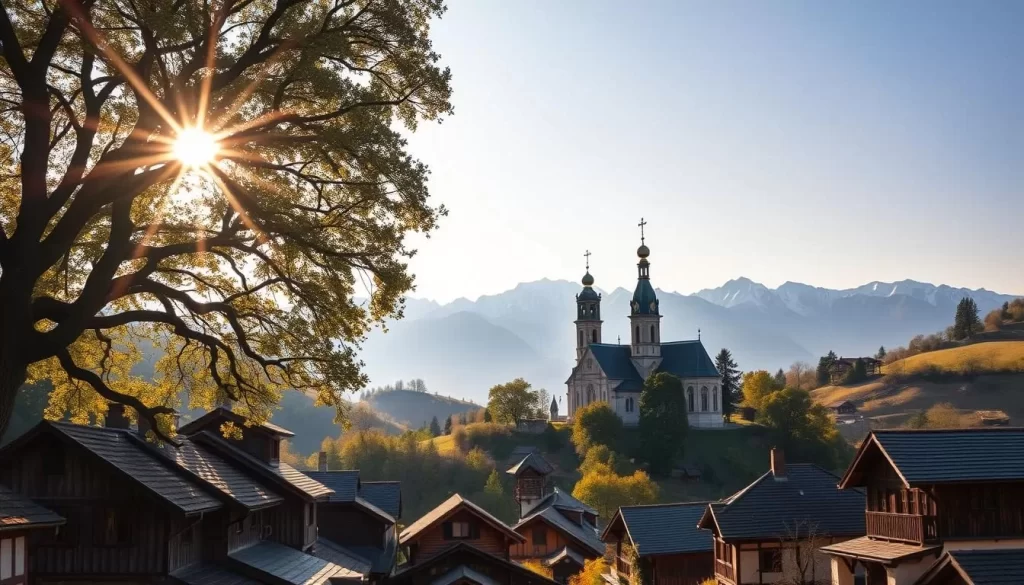
Historical Roots and Evolution
The Romanian language began its journey during the Roman Empire, evolving from Vulgar Latin. Over centuries, it absorbed influences from Slavic, Greek, Turkish, and Hungarian cultures. These interactions enriched its vocabulary and shaped its grammar, creating a language that reflects a fascinating blend of histories.
By the 18th century, Romanian had developed a standardized form. The first grammar book, published in 1780, marked a significant milestone in its evolution. Today, it serves as a symbol of national identity and cultural pride.
Grammar, Vocabulary, and Usage
Romanian grammar is known for its complexity, with a rich system of noun cases and verb conjugations. Its vocabulary includes words borrowed from Latin, Slavic, and other neighboring languages. For example, the word “bună” (hello) comes from Latin, while “da” (yes) has Slavic origins.
The alphabet consists of 31 letters, including special characters like ă, â, and ț. These letters are essential for proper pronunciation and spelling. Understanding these elements helps you appreciate the beauty and precision of this language.
Whether you’re learning Romanian or exploring its history, its unique features make it a fascinating subject. Its evolution from Latin roots to modern usage showcases the resilience and adaptability of its speakers.
Evolution of the Romanian Language and Its Regional Dialects
Regional dialects of Romanian reflect a fascinating blend of historical influences. Over centuries, this language has evolved, absorbing elements from Latin, Slavic, Turkish, and Hungarian cultures. Each region has its unique accent and vocabulary, showcasing the country’s rich linguistic heritage.
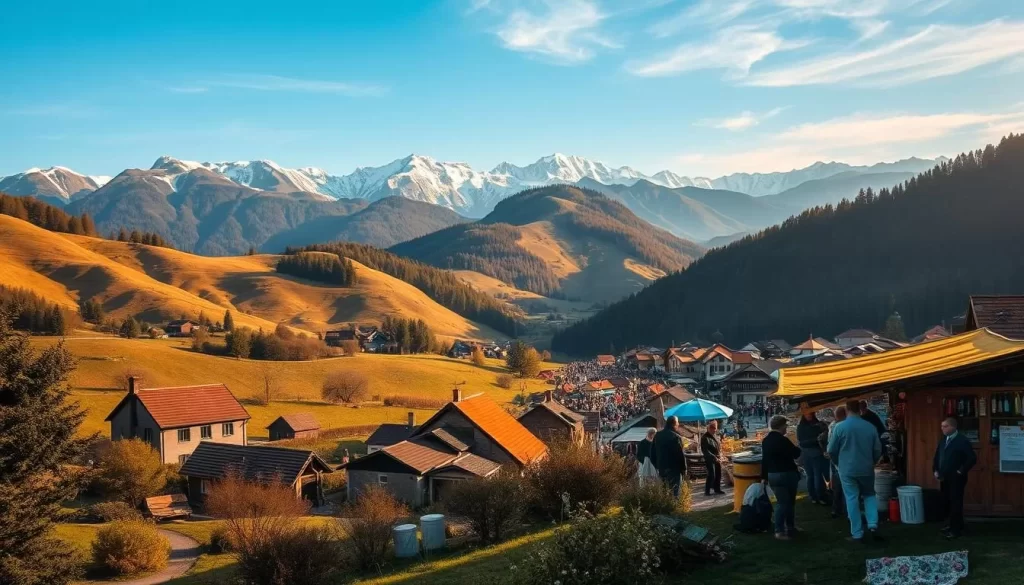
Influences from Latin, Slavic, and Other Cultures
The roots of Romanian trace back to Latin, making it a Romance language. However, its vocabulary and grammar have been shaped by Slavic, Turkish, and Hungarian influences. For example, words like “bună” (hello) come from Latin, while “da” (yes) has Slavic origins.
Historical events, such as migrations and conquests, played a key role in this evolution. These interactions enriched the language, creating a unique blend that reflects the history of its speakers.
Regional Variations: Moldavian, Transylvanian, and More
Romanian dialects vary significantly by region. The Moldavian dialect, for instance, has distinct pronunciation and vocabulary influenced by neighboring cultures. Similarly, the Transylvanian dialect features unique words and phrases shaped by its history.
Other dialects, like Banat and Wallachian, also showcase regional differences. These variations highlight the cultural diversity within the country, preserving local traditions and heritage.
Understanding these dialects offers insight into the language’s adaptability and the cultural experiences of its speakers. It’s a testament to how history and geography shape communication.
Romania: Official and widely spoken languages
The linguistic landscape of this country is a vibrant mix of official and minority languages. While Romanian serves as the primary mode of communication, other languages like Hungarian and Romani enrich the cultural fabric. This diversity reflects the nation’s historical and geographical influences.
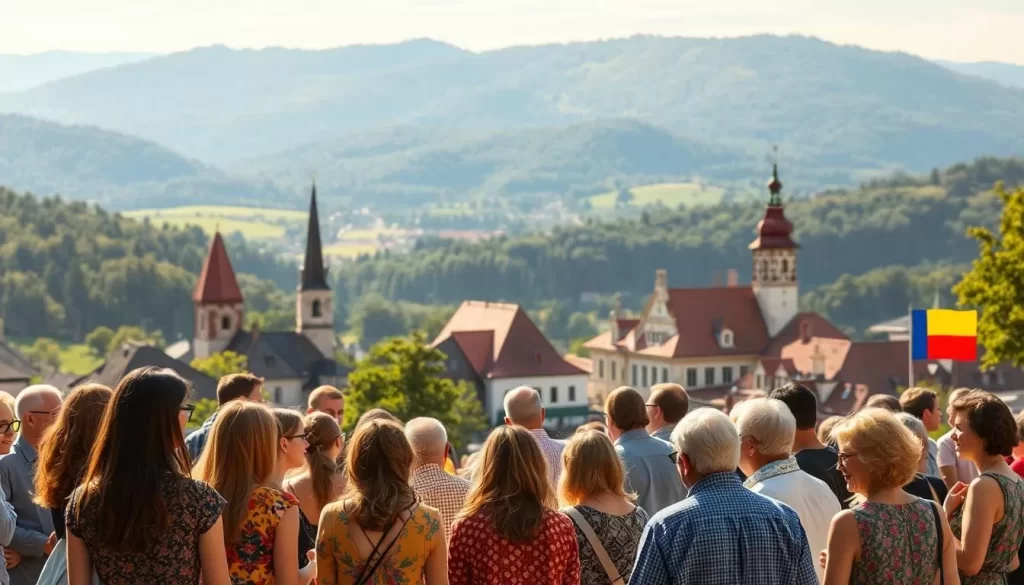
An Integrated View of Official and Popular Languages
Romanian, a Romance language, is spoken by over 90% of the population, making it the dominant language in daily life. However, minority languages like Hungarian, spoken by 6.1% of the population, add depth to the linguistic tapestry. These languages are particularly prevalent in regions like Transylvania, where bilingualism is common.
Official policies actively support the use of minority languages in education and public services. For example, schools in Transylvania often teach in both Romanian and Hungarian, fostering inclusivity. This approach ensures that cultural identities are preserved while promoting national unity.
In cities and rural areas, the dynamics of language usage vary. Urban centers tend to favor Romanian, while rural regions often maintain traditional dialects. This balance highlights the adaptability of the population to modern and historical influences.
Understanding this integrated language profile offers insight into the country’s cultural richness. For more details on Romania’s linguistic diversity, visit this resource.
Exploring Minority Languages in Romania
The linguistic diversity of this region is enriched by its vibrant minority languages. These languages reflect the country’s multicultural heritage and are an integral part of its identity. From Hungarian to Romani, each language tells a story of historical and cultural significance.
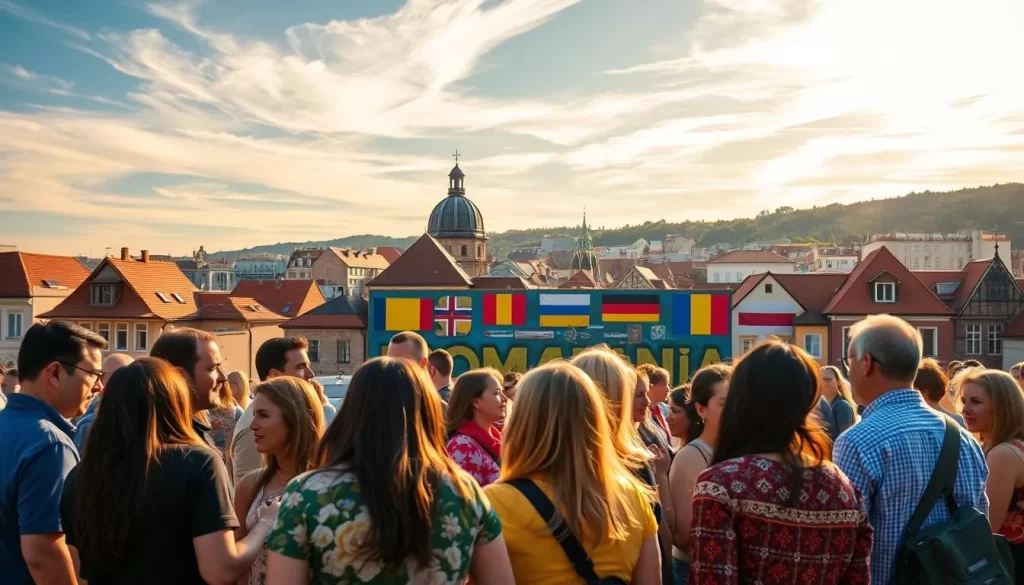
Hungarian: The Largest Minority Language
Hungarian is the most widely spoken minority language, used by about 6.7% of the population. It is primarily spoken in Transylvania, where it has deep historical roots. This language is not just a means of communication but also a symbol of cultural pride for the Hungarian community.
Educational systems in Transylvania often include Hungarian as a medium of instruction. This ensures that the language is preserved and passed down to future generations. Legal frameworks also support its use in public life, promoting inclusivity and diversity.
Romani and Additional Minority Speech Communities
Romani, spoken by 1.1% of the population, is another significant minority language. It is deeply tied to the Roma community, which has a rich cultural history. Despite challenges, efforts are being made to integrate Romani into educational and social systems.
Other minority languages include German, Ukrainian, and Russian. These languages are spoken by smaller groups but contribute to the country’s linguistic tapestry. Each language adds a unique layer to the cultural identity of its speakers.
| Language | Speakers |
|---|---|
| Hungarian | 6.7% |
| Romani | 1.1% |
| German | 0.2% |
| Ukrainian | 0.3% |
| Russian | 0.1% |
Understanding the role of these minority languages offers insight into the country’s multicultural identity. For more details on minority languages in Romania, visit this resource.
Foreign Languages and the Impact on Education and Global Engagement
In today’s interconnected world, foreign languages play a pivotal role in shaping education and global engagement. Proficiency in languages like English and French opens doors to international opportunities, fostering cultural exchange and economic growth.
English, French, and Other Foreign Language Trends
English dominates as the most widely learned foreign language, with over 68% of Europeans studying it in school. French follows closely, particularly in regions with historical ties to the language. These trends reflect the global demand for multilingual skills in business and diplomacy.
Learning a new language not only enhances communication but also broadens cultural understanding. For example, French is often taught alongside English in schools, offering students a competitive edge in international markets.
The Role of Multilingualism in Romania’s Education System
Multilingualism is a cornerstone of modern education. In many schools, students start learning a second language as early as primary school. This approach prepares them for a globalized workforce and fosters inclusivity.
Programs in major cities integrate foreign languages into academic curriculums, emphasizing practical skills like speaking and writing. This focus on vocabulary and fluency ensures students are well-equipped for future challenges.
For more insights on how education systems promote global competence, explore this resource.
Conclusion
The linguistic heritage of this country is a testament to its rich cultural history. Romanian, the official language, serves as a unifying force for the population, while minority languages like Hungarian and Romani add depth to its identity. These languages reflect the diverse influences that have shaped the region over centuries.
Educational policies play a crucial role in preserving this diversity. Schools often teach in multiple languages, ensuring that minority groups maintain their cultural roots. This approach fosters inclusivity and prepares students for a globalized world.
Understanding the interplay between language, culture, and identity is essential. It highlights the resilience of communities and their commitment to preserving their heritage. For more insights, explore this resource.
As the country continues to evolve, its linguistic traditions remain a cornerstone of its identity. This blend of history and modernity makes it a fascinating subject for anyone interested in language and culture.
The above is subject to change.
Check back often to TRAVEL.COM for the latest travel tips and deals.
Here are some Tours & Sightseeing suggestions that might pique your interests!




